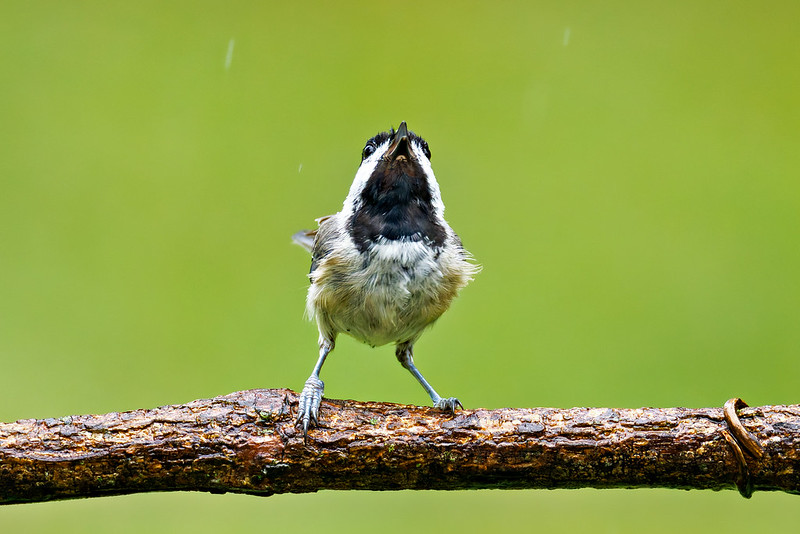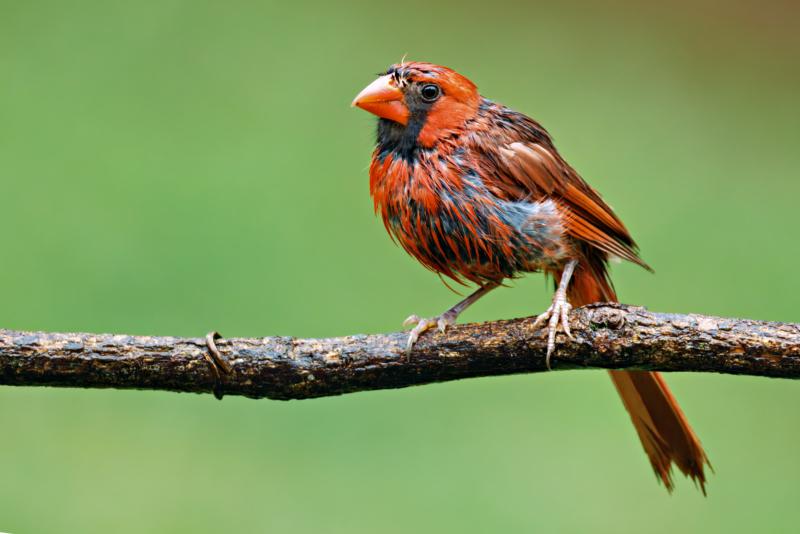Stormy and rainy conditions create incredible opportunities for wildlife photography. Dark skies, mist, and rain add drama, emotion, and atmosphere to your shots. However, shooting in these conditions requires preparation and adaptability. The right techniques can transform bad weather into a breathtaking backdrop for your images. Here’s how to capture compelling wildlife photos in challenging weather.

1. Protect Your Camera Gear in Stormy Weather
- Use a rain cover to shield your camera and lens from moisture.
- Keep lens wipes and microfiber cloths handy to remove water droplets.
- Store extra batteries in a warm, dry place, as cold and wet conditions drain them faster.
- Carry a waterproof bag or dry sack to store unused gear and accessories.
- Consider using a lens hood to minimize water droplets on the front element.

2. Best Camera Settings for Stormy Weather Wildlife Photography
- Increase ISO (800-3200) to compensate for reduced light.
- Use a fast shutter speed (1/500s or faster) to freeze raindrops and moving subjects.
- A wide aperture (f/2.8-f/5.6) allows more light in and helps isolate your subject from the background.
- Consider using exposure compensation to brighten your subject if the lighting is too dim.

3. Find Dramatic Backgrounds for Stormy Wildlife Photography
- Dark storm clouds enhance color contrast and create a powerful backdrop.
- Fog and mist add a mysterious, moody effect.
- Rain-soaked landscapes introduce texture and depth to your images.
- Lightning in the distance can create an electrifying composition, if captured safely.

4. Capture Wildlife Interacting with Rain and Water
- Photograph animals shaking off water for dynamic, action-packed shots.
- Look for reflections in puddles, wet fur, or damp feathers to add interest.
- Use backlighting to highlight raindrops and mist, creating a glowing effect.
- Capture animals interacting with their wet environment, such as birds bathing in puddles or mammals navigating through rain-soaked terrain.

5. Post-Processing Tips for Stormy Weather Wildlife Photos
- Increase contrast to emphasize dark clouds and textures.
- Adjust clarity and dehaze settings to define mist and rain more clearly.
- Subtly boost colors to make subjects stand out in moody lighting.
- Use selective sharpening on the subject to ensure clarity despite atmospheric conditions.
Final Thoughts
Stormy weather adds depth, drama, and storytelling elements to wildlife photography. By protecting your gear, adjusting your settings, and using the environment creatively, you can capture striking and unforgettable images, even in challenging conditions. Embracing bad weather can lead to some of the most unique and powerful wildlife shots you’ll ever take. Next time a storm rolls in, grab your camera and seize the opportunity!
Next topic: Side Lighting for Wildlife Portraits

very timely article, Steve ! Good advice.